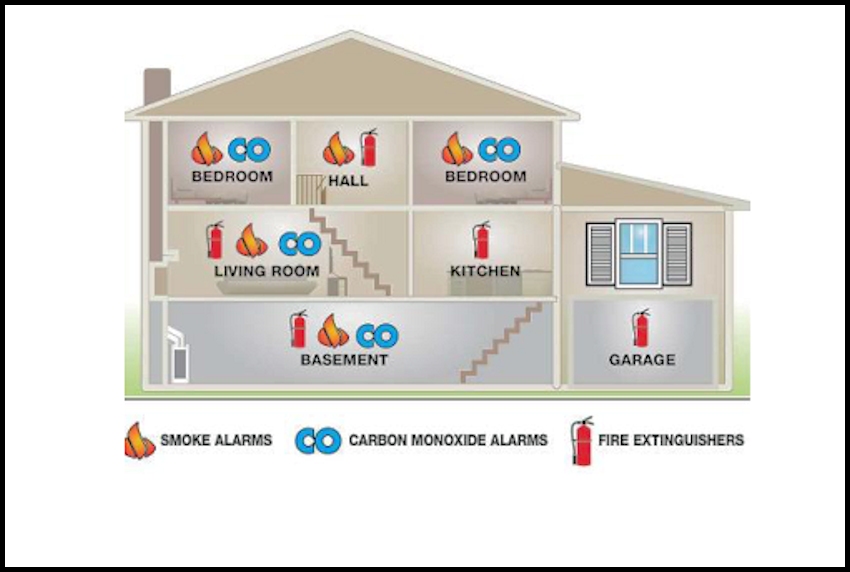
With the increased use of gas heating during the winter months comes a corresponding increase in the risk of carbon monoxide (CO) poisoning. Follow these tips to ensure that you and your loved ones remain safe.
- Install carbon monoxide detectors to warn when concentration levels are high.
- Never use products inside the home that generate dangerous levels of carbon monoxide, such as generators, outdoor grills, or propane heaters.
- Never use cooking devices such as gas ovens or stoves for home heating purposes.
- When using the fireplace to stay warm, make sure the flue is open so venting can occur safely through the chimney.
- Make sure water heaters and other natural gas appliances have proper ventilation.
LEARN MORE ABOUT CARBON MONOXIDE
According to the EPA, CO alarms and smoke alarms are designed and intended to detect two separate, distinct hazards. Therefore, to help protect your family from both hazards, it’s important to install both UL Listed CO alarms and smoke detectors.
There are combination smoke/CO alarms from manufacturers such as Kidde. They combine the detection capabilities of an ionization smoke sensor—which is more likely to detect smaller, less visible fire particles, like those produced by flaming fires—with that of an electrochemical sensor, which is used to detect CO.